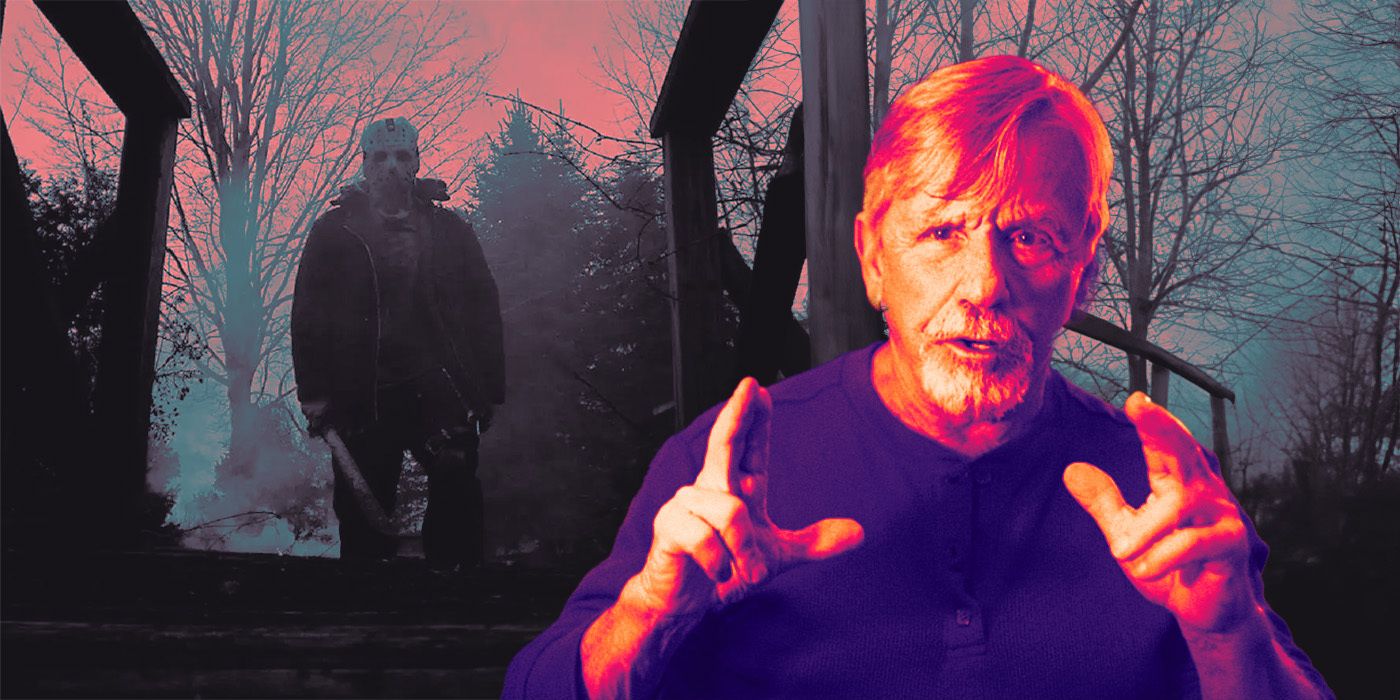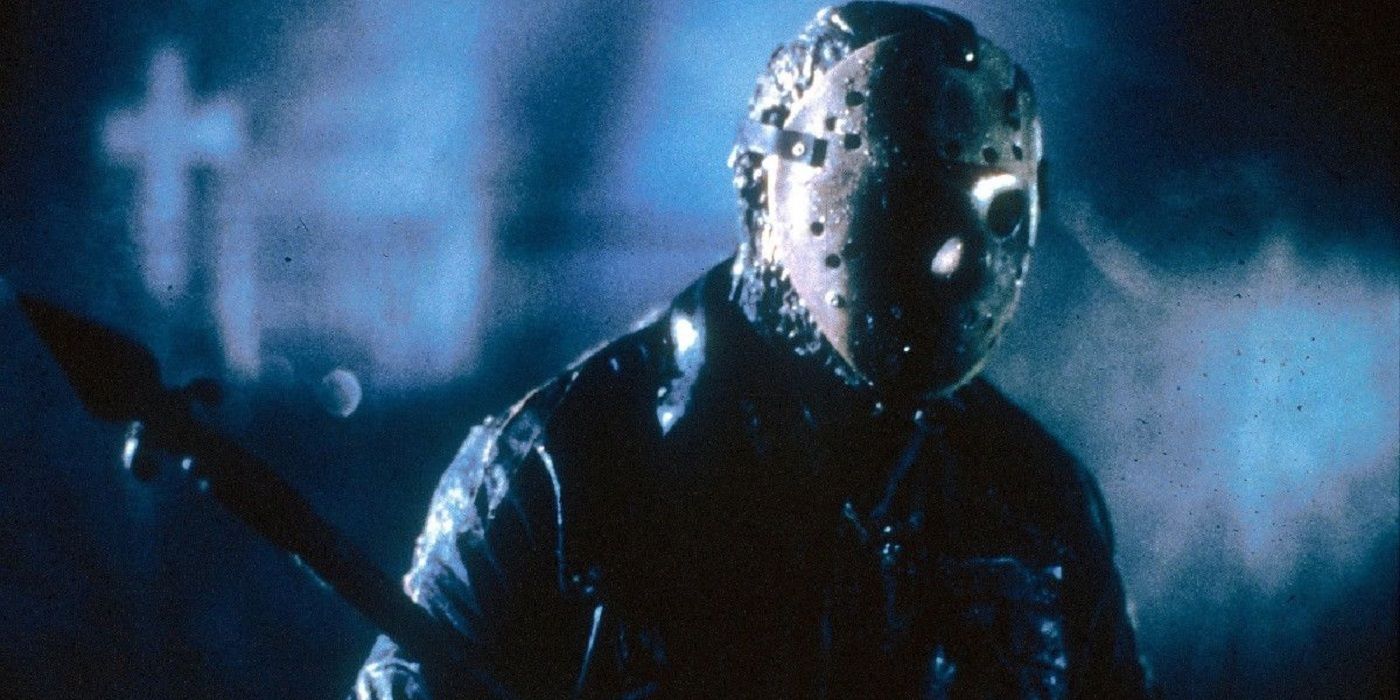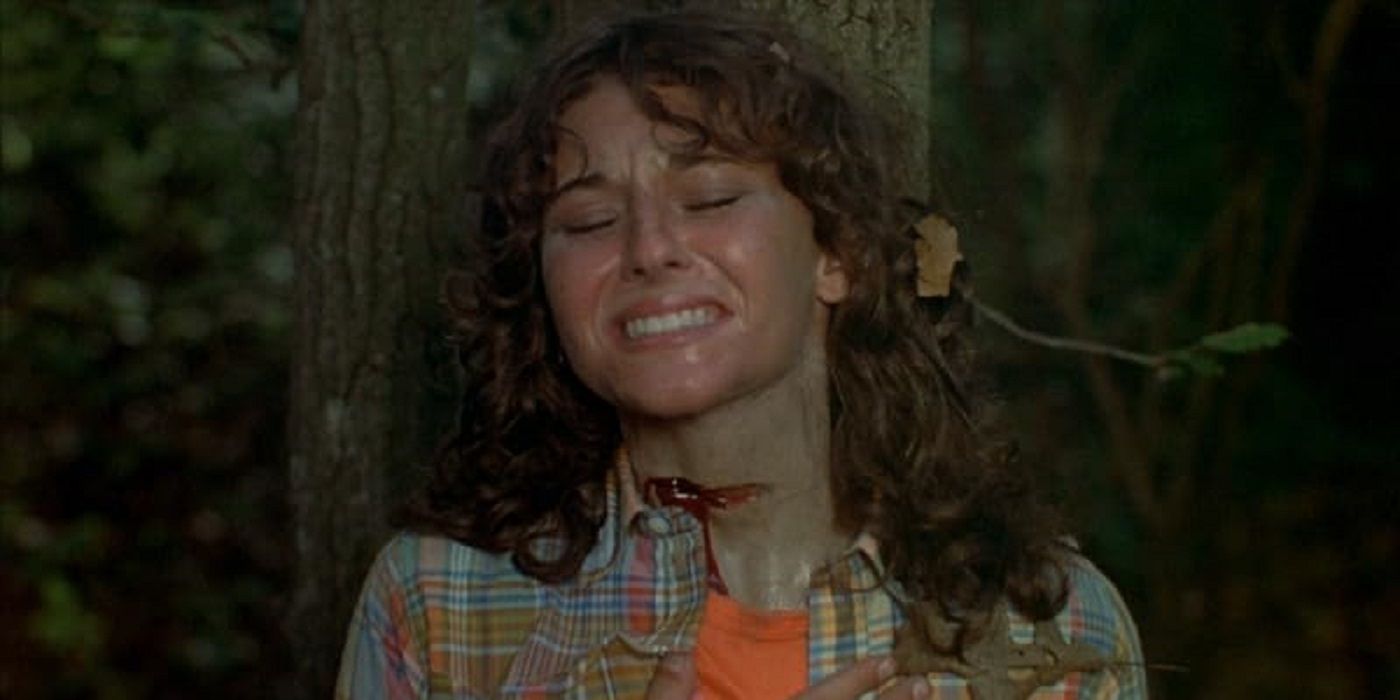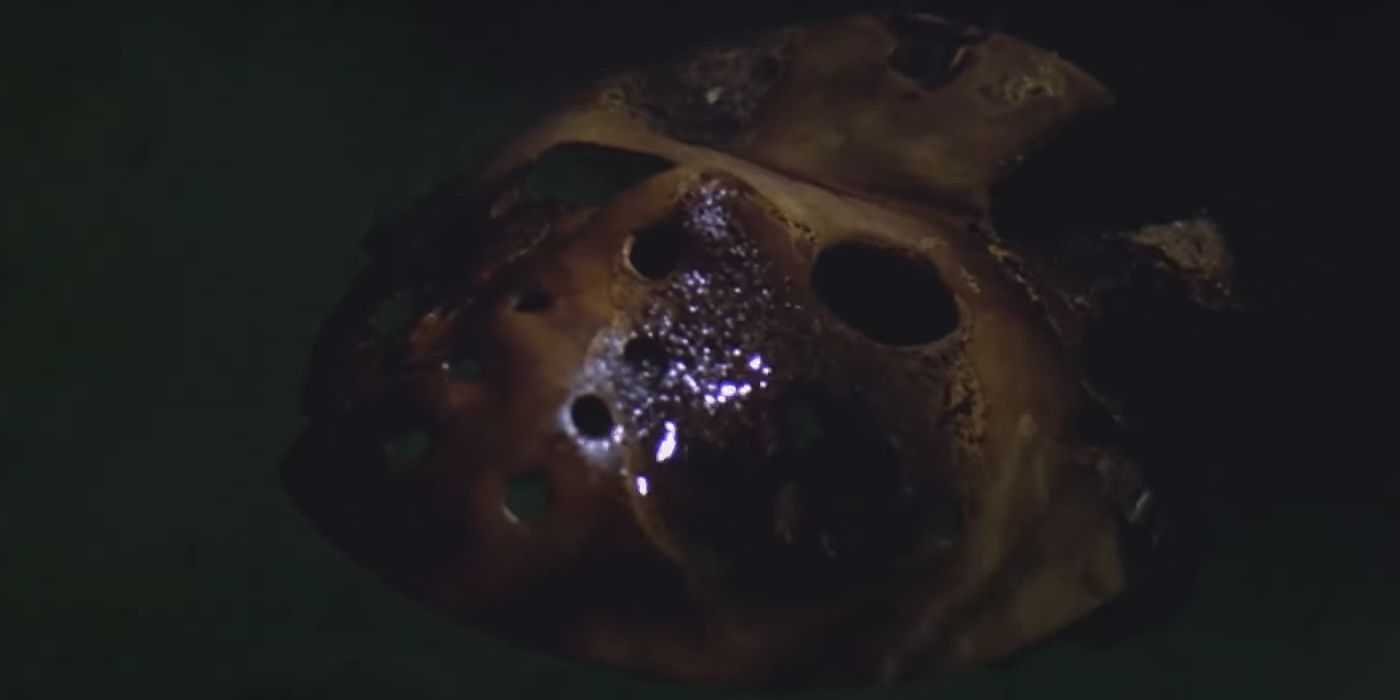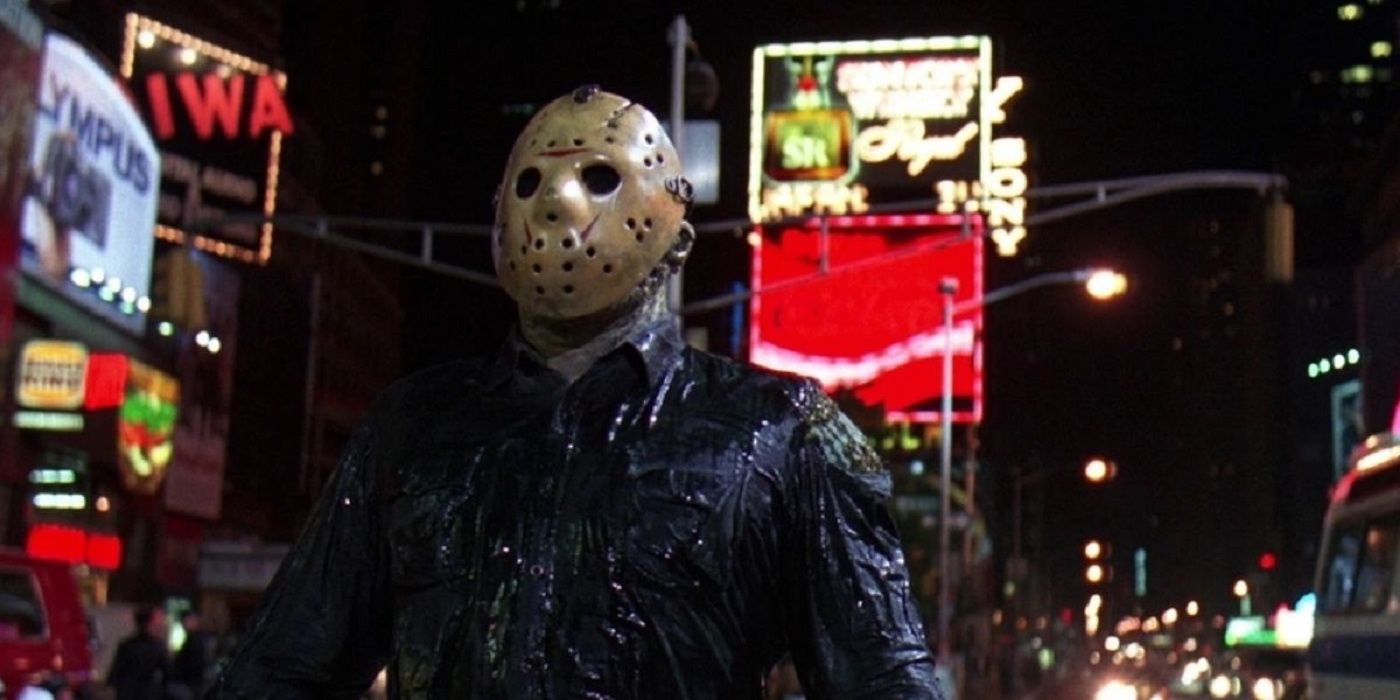In 2021, the court battle over the rights to Friday the 13th between screenwriter Victor Miller and director Sean Cunningham reached a final conclusion, with the various parts of the franchise split up between the two. Miller is producing a prequel streaming series, titled, Crystal Lake, which will premiere in 2024 on Peacock. Cunningham is reported to be working on a new Friday the 13th movie, for theatrical release.
Despite Miller being awarded the rights to the original script, Crystal Lake, and the names Pamela and Jason Voorhees, Cunningham and New Line can legally produce a Friday the 13th movie with the franchise title without Miller, if the screenwriter refuses to join the project. Cunningham and New Line have the most important pieces for a proper sequel: the title and the image rights to adult Jason, and with or without Miller, they are signaling their intent to move forward with a new movie.
The Name Is Paramount
There are conflicting reports on who owns the title, Friday the 13th. Victor Miller cannot own the rights because Sean Cunningham paid for an advertisement in Variety for the movie in July 1979 to test the copyright. In an interview with Friday the 13th Films, Miller gave credit for the title to Cunningham. Miller said the title was not created until after the script was finished. Cunningham, however, told Esquire that he came up with the title when working on Manny’s Orphans in 1978. Regardless of when the name was pinned down, Cunningham is the creator of the franchise name, according to both men.
According to copyright and trademark lawyer, Larry Zerner, who played Shelley in Part 3, neither Cunningham or Miller own the title. Zerner wrote on Twitter/X, “The “Friday the 13th” title is owned by New Line Films. Screenwriters pretty much never own the titles to their movies (which are covered by trademark, not copyright law).”
You have a challenge in making a Friday the 13th movie without the title. You certainly cannot make a Part 9 without the title. And that is the hook here, in making a legacy sequel that ignores Jason Goes to Hell and Jason X. You need that connection to the franchise-proper. Choosing the title of Friday the 13th Part 9 communicates everything you need: it is a direct sequel to Jason Takes Manhattan, it has no connection to the movies by New Line, and it is a relaunch like 2018’s Halloween.
The title was central to making the franchise a cultural icon of the ‘80s. Everyone is aware that Friday the 13th is a day known as a bad omen date. It is as universal as Halloween or Christmas. The simplicity of the title, its universality, and its implication of dread, all contributed to the perfect storm to make Friday the 13th the defining ‘80s horror movie that would drive the motifs of dangerous sex, final girls, and sequels throughout the decade.
Assuming that Miller does not want to cooperate and wants to actually challenge the rights to the title when/if Cunningham and New Line press forward with a sequel, the best alternative is a small tweak to the name to sidestep Miller’s challenge. New Line can shorten the title to The 13th or 13.
The Goalie Mask
Sean Cunningham was awarded ownership of the image of the hockey mask-wearing killer, which did not appear until the third movie. Jason was supposed to be dead in the first movie, but in the sequel, he returned as a full-grown adult. Victor Miller has no claim to the image of the adult Jason. This means that the most important piece of making a Friday the 13th film, for Miller, is missing. The fans want the goalie mask. Cunningham can make sequels without saying the name Jason because the audience already knows who he is. He just has to look like Jason and have the ch-ch-ch-ah-ah-ah sound effect (another aspect that Miller does not own).
Some reporting claims that Cunningham could still legally require the permission of Miller to use adult Jason, but if the name is not used, we are not certain Miller’s lawyers can argue successfully that the ghoul is in fact Jason. The killer in the sequels, as we previously detailed, is only assumed by the characters to be Jason Voorhees.
Cunningham’s and New Line’s lawyers could make the argument that the goalie mask-wearing killer was never Jason to begin with, but instead his father, who was not part of the original script and never mentioned in the movies until after New Line acquired the distribution rights from Paramount. If Elias appears or is mentioned in Peacock’s Crystal Lake series, it will be a clear signal that Miller and Cunningham have negotiated some level of a deal with the various parts of the franchise.
The Language of Friday the 13th
What connects the eight original films and sets them apart from the many other slashers of the ‘80s is the language established in the first Friday the 13th by the director, Cunningham, and the composer, Henry Manfredini. Cunningham established the visual language of the first-person perspective shots in the series, and the dissolves to white during kill sequences. Manfredini not only composed the music for the film, which is as important to the franchise as the music in Halloween or A Nightmare on Elm Street, but he also created the ch-ch-ch-ah-ah-ah sound effect.
The effect was created by recording the words Ma-ma-ma, kill-kill-kill, and cutting off the front of ma and the tail of kill to create the echoing consonant, ch-ch-ch, and the vowel, ah-ah-ah. In all of horror cinema, in terms of music or sound design, there is only one score that everyone can hum, the theme to Jaws, and there is only one sound that is as universally recognized — the staccato sound in Friday the 13th.
An In-Plot Rebrand
Sean Cunningham being unable to use the name, Crystal Lake, is the smallest challenge to a new Friday the 13th. There is an easy way around this: make the rights issue part of the plot and drop some exposition dialogue about the community renaming the lake back in the ‘90s. Call it Emerald Lake or Sapphire Lake – a gemstone that alludes to its former title. No one wants to go to Crystal Lake.
That place is haunted. It has a death curse. Countless people were murdered there. They called it Camp Blood in the ‘80s. That is all bad for tourism. An in-plot rebrand makes sense. The community would want to move on and bury the past, and hiding the lake’s history is the set-up for some fools to buy the old camp and once again remodel it and reopen, triggering Jason to rise from the lake after sleeping for more than 30 years.
How to Address the End of Part 8
The eighth installment, Jason Takes Manhattan, left the ghoul in the sewers of New York, and we can understand how this made his return to Crystal Lake a narrative hurdle for those coming at the project for a sequel. New Line’s first movie, Jason Goes to Hell, ignored everything at the end of Part 8 and just skipped ahead to when Jason had already returned to Crystal Lake.
Part 9 has to open with the ending of Part 8 to establish its direct connection and status as a legacy sequel to the 1989 movie. Less is more. The movie should open with the scene in which the toxic waste floods the sewers and seems to revert Jason back to his ghost-child form. Dissolve from that moment to an exterior shot in the bay, with raw sewage pouring into the water from a pipe. A yellow sludge begins to ooze from the pipe, and then the decayed goalie mask washes out into the water and sinks. The camera then tracks over the water, dissolves into a track shot following the coastline, dissolves again to the bay that leads upstream to Crystal Lake, and finally dissolves again to the lake.
Inference is the way to handle the question of how Jason comes back. He is a phantom. He physically manifests, but he comes back again and again, rebirthed through the waters of Crystal Lake. Water is a lubricant between worlds, and Crystal Lake, the site of dozens of murders, is one big gateway for the dead. The magic here is the location – not demon worms or magic spells from the Necronomicon.
Original Plan for Part 9 – Jason in the Hood
Before Jason Goes to Hell happened, there was a Part 9 in the plans for the franchise, but no less misguided than what we got in the end. After sending Jason to Manhattan, the plan for Part 9 was to send him to Los Angeles. Jason was supposed to be dropped into the ghettos and slaughter a bunch of Bloods and Crips, seemingly, as an outlet for someone wanting to just see Jason deal out justice and mangle a bunch of gangsters like an R-rated Batman.
Part 8 got away with a location change, but that only gets a pass once (and there were flashbacks to the lake which kept the connection). A major part of returning to Friday the 13th is the return to the location. We all want to go back to the lake and the woods, and not just any lake. The movie has to be filmed on the East Coast, no further south than North Carolina. The location/region reads on film. The first two movies were shot on the Northeast Coast in New Jersey and Connecticut, and the atmosphere sets them apart from the rest of the franchise.
We May Already Have a Happy Ending
There is evidence that all parties have come to some sort of agreement in the last couple of years. In an Instagram post in 2022, New Line teased a new Friday the 13th movie being in pre-production. Additionally, Crystal Lake showrunner, Bryan Fuller told Fangoria that they have access to all of the Friday the 13th franchise, which they can reference in Crystal Lake. That would not be possible without Cunningham’s permission. Fuller said, “As a streaming series, we have the rights to do everything underneath the Friday the 13th umbrella. The movie rights are a completely different thing. They are tied up at New Line.”
This story originally appeared on Movieweb

